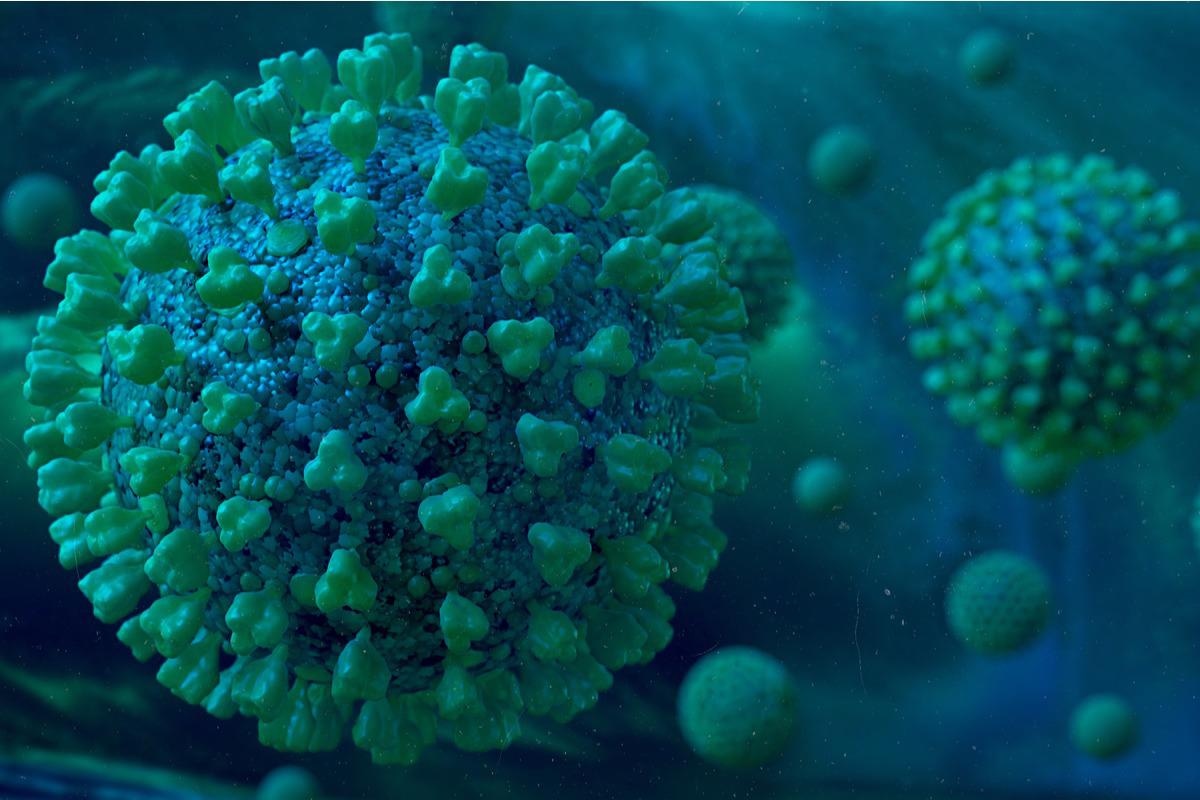Study demonstrates subset of vaccine-induced HLA-A*24:02-restricted T cells exhibits enhanced reactivity against the Omicron BA.1 variant

In a recent study posted to the bioRxiv* preprint server, researchers characterized vaccine-induced T cell response specific for spike (S) proteins of several severe acute respiratory syndrome coronavirus 2 (SARS-CoV-2) variants.

Background
Studies suggest that mutations outside and nearby immunodominant T cell epitopes affect human leukocyte antigen (HLA) binding and the T cell response against SARS-CoV-2 variants.
The proteasome degradation of intracellular SARS-CoV-2 proteins into peptides generates T cell epitopes. Some peptides are translocated into the endoplasmic reticulum (ER) and loaded onto HLA class I molecules via the transporter associated with antigen presentation (TAP). Subsequently, HLA class I complexes are transported to the plasma membrane, where they are presented for recognition by the cluster of differentiation 8 (CD8+) T cells.
It is noteworthy that three epitopes generated from SARS-CoV-2 S protein, viz., RF9, NF9, and QI9, bind strongly to HLA-A*24:02, a predominant HLA-I allele globally.
About the study
In the present study, researchers obtained peripheral blood mononuclear cells (PBMCs) from 29 individuals vaccinated with two doses of BNT162b2 or messenger ribonucleic acid (mRNA)-1273 vaccines. They stained PBMCs with HLA tetramers (peptides) and detected NF9/A24- and QI9/A24-specific T cells in 10/29 (34.5%) and 13/29 (44.8%) HLA-A*24:02+ vaccinated donors, respectively. However, only 2/29, i.e., 6.9% of donors had RF9/A24-specific T cells, thus indicating that CD8+ T cells specific for NF9/A24 and QI9/A24 were the predominant T cells in vaccinated individuals.
Furthermore, the researchers stimulated PBMCs from ten individuals with the NF9 or QI9 peptides to assess whether the NF9/A24- and QI9/A24-specific T cells identified SARS-CoV-2 variants. Additionally, they evaluated the upregulation of two activation markers, CD25 and CD137, in proliferating T cells after 14 days.
Study findings
The Wilcoxon rank test showed that the percentages of CD25+ and CD137+ T cells after stimulation with the NF9 and QI9 peptides (median 3.5% and 4.5%) were significantly higher than in the absence of peptides. However, there was no significant difference in the cell frequencies, as detected by the Mann-Whitney test (p = 0.6453). These findings suggested that in BNT162b2 or mRNA-1273 vaccinated individuals, the NF9/A24 and QI9/A24 were the immunodominant epitopes presented by the HLA-A*24:02 allele.
Further, a TCR-based quantification assay estimated a three-fold increase in the presentation of the NF9 epitope on the surface of Omicron BA.1 S-expressing cells relative to that of the SARS-CoV-2 prototype. The N-terminal adjacent to the G446S mutation of the NF9 epitope in Omicron BA.1 S was responsible for enhancing NF9/A24-specific T cell recognition.
Amino acid (AA) mutations within and in the epitope-flanking region (here NF9) impact the generation of HLA class I-restricted peptides. Pre-treating Omicron BA.1 S-expressing cells with an inhibitor of tripeptidyl peptidase II (TPPII) reduced its recognition by T cells. The efficient generation of the NF9 epitope required TPPII-mediated removal of two to three amino acids from the N terminus of the epitope.
Recent studies used activation-induced marker (AIM) assays to evaluate the breadth of T cell responses to S proteins in vaccinated and COVID-19 convalescent individuals. However, these assays did not demonstrate the antiviral activity of individual T cells against SARS-CoV-2 variants of concern (VOCs), including the Delta and Omicron, and the effect of mutations on antigen presentation in SARS-CoV-2-infected cells.
In the current study, the researchers found that the G446S mutation in Omicron BA.1 S protein, located adjacent to the N terminus of the NF9 epitope (residues 448-456), was responsible for the efficient recognition of target cells expressing the Omicron BA.1 S. Additionally, the introduction of a serine at the 446 position of Omicron BA.1 S induced enhanced T cell recognition of the NF9 epitope. The enhanced T cell recognition showed a substantial reduction against Omicron BA.2 S and the prototype due to the absence of the G446S mutation.
Furthermore, the level of interferon-gamma (IFN-γ) production by the NF9-specific T cells was higher toward target cells expressing Omicron BA.1 S and lower toward cells expressing Delta S, due to the presence of an L452R mutation in the NF9 epitope in the Delta VOC.
Conclusions
Overall, the study results demonstrated that vaccine-induced T cells had enhanced capacity to recognize and cross-neutralize several SARS-CoV-2 variants, including the Omicron BA.1 sub-variant. Thus, the study findings could help with future vaccine development; likewise, a combination of assays could help evaluate vaccine efficacy against present and yet to emerge SARS-CoV-2 variants.
Future studies should determine how mutations in the S and other SARS-CoV-2 proteins affect antigen presentation for T cell recognition, providing better insights for vaccine design, especially vaccine antigens, to induce efficient cellular immunity.
*Important notice
bioRxiv publishes preliminary scientific reports that are not peer-reviewed and, therefore, should not be regarded as conclusive, guide clinical practice/health-related behavior, or treated as established information.
- Chihiro Motozono, et al.The SARS-CoV-2 Omicron BA.1 spike G446S potentiates HLA-A*24:02-restricted T cell immunity. bioRxiv. doi: https://doi.org/10.1101/2022.04.17.488095 https://www.biorxiv.org/content/10.1101/2022.04.17.488095v1
Posted in: Medical Science News | Medical Research News | Disease/Infection News
Tags: Allele, Amino Acid, Antigen, Assay, Blood, Cell, Coronavirus, Coronavirus Disease COVID-19, covid-19, Efficacy, Human Leukocyte Antigen, immunity, Interferon, Interferon-gamma, Intracellular, Leukocyte, Membrane, Mutation, Omicron, Peptides, Protein, Respiratory, Ribonucleic Acid, SARS, SARS-CoV-2, Serine, Severe Acute Respiratory, Severe Acute Respiratory Syndrome, Syndrome, Vaccine

Written by
Neha Mathur
Neha is a digital marketing professional based in Gurugram, India. She has a Master’s degree from the University of Rajasthan with a specialization in Biotechnology in 2008. She has experience in pre-clinical research as part of her research project in The Department of Toxicology at the prestigious Central Drug Research Institute (CDRI), Lucknow, India. She also holds a certification in C++ programming.
Source: Read Full Article